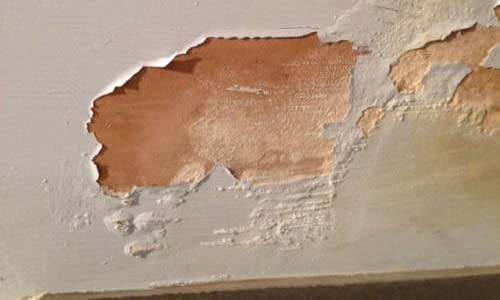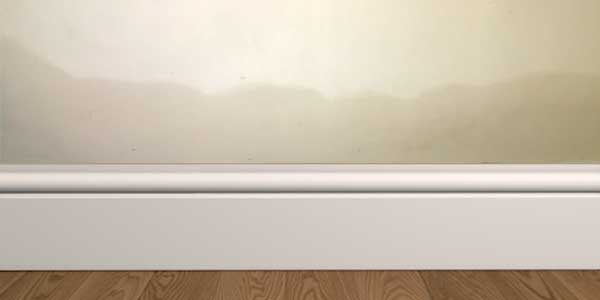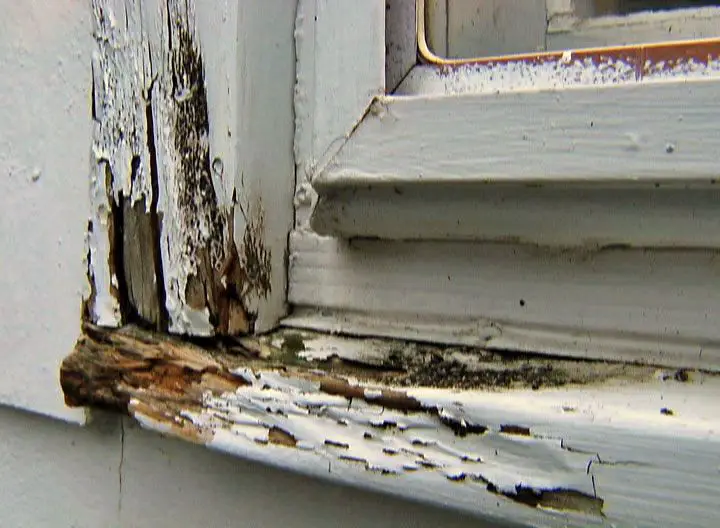Damp is the sort of problem where you might find mold growing around your home, maybe on the walls or your ceilings. Usually, this would mean there’s water seeping through these surfaces, where it will cause all kinds of problems. Doing something to stop the damp is essential as it can otherwise ruin an entire space.
But, how can you take steps to stop the damp when you have no idea about the particular damp type that is seeping through your home? Well, if this question caught you worried and you are now wondering what types of damp there are, this article is for you. Below, we’ll be discussing different types of damp. So, let us get into this.
[toc]
15 Types Of Damp That You Need To Know Of
Several different types of damp can crop up in our living spaces, and each one will call for a different response if damp is rising from the ground, you’ll need to look at appropriate waterproofing methods.
Damp rising from air humidity or heavy rains will also require different responses than rising damp, which will usually require specialized treatment and attention. Following are the different types of damp.
1. Internal Damp

The simplest type is internal damp which can come from plumbing leaks, condensation, poor housekeeping, or even just normal functions of the home.
Symptoms
Usually, the exterior of your home will be fine with no signs of damage or growth. If you do find dampness in your internal areas it may appear in an unexpected place like behind a picture, inside your walls and ceilings which can eventually lead to mold growth and rot when left untreated.
2. Rising Damp

This type of damp is more of a problem in older homes, where the exterior walls might not be properly waterproofed or sealed against water seeping through them into your interior walls. This can often result from blocked guttering, leaking roof tiles, or gutters that are blocked or faulty.
Symptoms
Mold growth on exterior walls, but only in the upper stories of your home. Often will be patchy and hard to trace back to a single source.
3. Wood Rot

This is just one of many types of damp that comes from wood being exposed to moisture for a long time. This can cause fungus or even dry rot on your property, which might mean little holes appearing in your walls if it’s not caught in time.
This can be harder to find and prevent than most other types of damping because it only requires the wood to come into contact with water for a small amount of time.
Symptoms
The symptoms depend on how long it’s been left but will usually appear as rotted or discolored patches of your exterior walls.
4. Fungi And Dry Rot
This is a type of damp caused by the growth of fungi, which break down organic materials such as wood, paper, or plants. This can often be prevented in construction, but poor ventilation will keep humidity high enough to cause it after the fact. It usually causes a musty smell in your home too.
Symptoms
Bad smelling patches on your walls or ceiling, usually near any heat source like boilers. It’ll appear as cracked wood with dark spots.
5. Mold Growth
This is a growing problem in many homes around the world, as mold spores are everywhere, and it only takes a small amount of damp to lead to mold growth. This will usually result in black or green patches on your walls or ceilings but might also appear as a musty smell or even cause respiratory problems for people with allergies.
Symptoms
Black or green patches, little furry patches of mold spores growing through your ceiling. Musty smells are common, as are respiratory problems if you have allergies.
6. Exterior Damp
This pertains to water seeping into your building through cracks, broken bricks, or holes in your exterior walls. This is especially likely if you have an older brick home, as the bricks will be softer and able to let water in.
Symptoms
Exterior damp is usually more noticeable on the inside of your home. You might see water marks on walls, down the exterior side of your windows, and even on any wooden furniture. The exterior side of your walls might begin to show signs of mold growth which can lead to rot if not dried out quickly enough.
7. Penetrating Damp
This type of damp is often caused by external water sources like rain or snow getting into your home and saturating the ground floor. This usually results in molds growing just on floors and lower walls but can spread further if it is left untreated for a long time.
Symptoms
Mold growth on floors or lower sections of your exterior walls. Often patches are well defined but might spread to inky black mold in severe cases.
8. Condensation
This is a common and frustrating damp condition in many homes, where your windows or walls sweat in the night causing the wallpaper to peel off or even water damage on wooden furniture and floors.
Sometimes this can be prevented by opening windows during the day to let moisture out of your home, but if it’s an ongoing issue you could have a problem with your ventilation or heating system.
Symptoms
Peeling wallpaper, water stains on furniture or wooden floors. It will usually be worse in the colder months of winter due to increased humidity indoors.
9. Chemical Damp
While chemical damp is not technically a type of damp in itself, it is a common cause of many types of damp conditions in homes. It can occur from leaking gutters or toilets but also from manufacturing plants and other industrial buildings which seep out harmful chemicals when they are built too close to your home.
Symptoms
Leaks from chemical plants can often have disastrous effects on homes nearby while leaking gutters might just result in molds or discoloration of walls.
10. Damp From Poor Plumbing
This is a relatively new type of damp caused by the rise of poorly installed plastic pipework which can leak harmful chemicals into your living space causing many types of damp conditions. It’s often hard to trace though, and very common in newly built homes that have been poorly fitted.
Symptoms
Musty or chemical smells are a dead giveaway for this type of damp, as well as patchy mold growth on walls. It is often worse around bathrooms and kitchens too.
11. Damp From Walls/Floors Drying Out
This is a simple and common type of damp, where your walls or floors are getting wet from the outside and drying out as soon as they get their chance. This can be caused by poor insulation that doesn’t keep water at bay, like cavity wall insulation
Symptoms
Patchy mold growth on interior walls. This type of damp might also lead to black mold if left untreated for too long.
12. Damp From Roof Leaks
Roof leaks usually only affect your roof and upper exterior walls but can sometimes penetrate further depending on how bad the leak is and how much time it has had to cause damage. It’s often hard to detect because it affects the upper areas of your home and can lead to serious water damage if not properly addressed.
Symptoms
Mold growth only in upper exterior walls and roof but could spread downwards if left untreated for long periods. If you find dampness in these areas it might be an idea to give us a call, as we offer roof and wall insulation solutions.
13. Damp From Ground Water
This is another common type of damp that can be found in many homes which are built on clay or unstable ground. It’s also only really likely to affect your lower walls and floors, but if it goes without treatment for too long it can lead to serious structural damage.
Symptoms
Mold growth on exterior walls that are centered around ground level. This type of damp might also be accompanied by cracks in the brickwork or doors and windows that stick when you try to open them. It might also only affect the floors, with no visible signs of mold on walls.
14. Damp From Surrounding Trees And Landscaping
This is another common type of damp that can be caused by surrounding trees and landscaping, where moisture from roots is causing small cracks in the brickwork or mortar joints over time. It’s rare for this to cause major problems though unless it’s been going on for a long time, or you have a very old property that has been affected for many years.
Symptoms
Cracks in exterior walls that are visible go from top to bottom of the wall. This type of damp will also often affect your lower floors only, causing mold there instead.
15. Damp From Poor Ventilation
This is another common type of damp caused by poor ventilation in your home, often because the extractor fans in bathrooms and kitchens are not working properly or there simply isn’t enough of them to keep steam under control when you’re showering. It’s also caused when warm moist air is allowed to collect in low rooms like bathrooms and cellars.
Symptoms
Musty smells in bathrooms and cellars caused by steam that has condensed into water droplets, then become moldy. This type of damp might also cause black mold if left untreated for too long.
Types Of Damps – Conclusion
As you can see there are many different types of damp and condensation problems that we deal with here at The Damp House. Nearly all of these types of damp can be easily fixed or prevented by using our insulation solutions, as well as checking that your extractor fans are working to maximum efficiency.